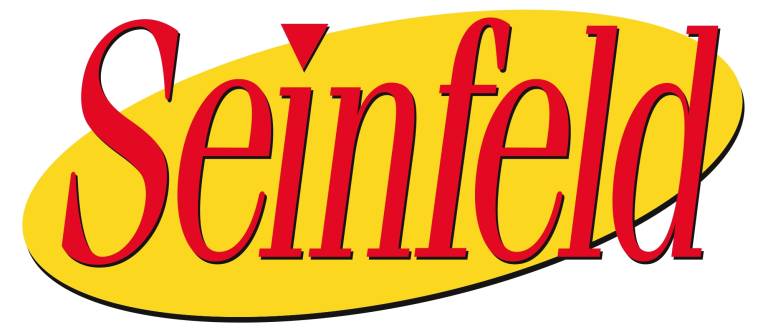my seinfeld theory

Since “Seinfeld” went off the air in 1998, fans, television historians, pundits, sociologists and probably a stray anthropologist or two have studied the quintessential “New York” situation comedy to answer some elusive but fundamental questions.
Why was it so popular that it defined the decade of the 1990s? And successful as the No. 1 show on TV? And identifiable, somehow, for people in far-off places like Indiana and Kentucky and North Dakota, who say “yada yada” with the same affection as someone in Barney Greengrass? And what, exactly, made “Seinfeld” so funny in the first place that it lives on and on and on in syndication?
I know.
In fact, only I have the correct answer.
A Different Group of LosersRemember, while “Seinfeld” showed Manhattan in an indelible light, it was not the first series to make the city a major supporting character and establish that the show could not have taken place anywhere else.
“Seinfeld” became infamous for being “a show about nothing.” But that charming marketing tag line was not quite accurate. It was a show about the lives of four misanthropic Upper West Side pals — Jerry, George, Elaine and Kramer — and the other neighbors, parents, lovers and co-workers who intruded comically from time to time into their lives.
Just as crucially, to the people who loved the show in Nebraska and Texas and Georgia and, oh yes, back in Jerry Seinfeld’s hometown of Massapequa on Long Island, it was a show about something else, all right: New York City.
For that reason, Jerry & Co. owe a big debt to a show that made us laugh and think a decade earlier, from the late 1970s to the early 1980s. The program was called, simply, “Taxi.”
“Taxi” was a stunning show — funny, of course, but different from previous sitcoms. Its main characters were losers, judging by normal societal measures. A lifelong cabbie, a vulgar dispatcher, an immigrant mechanic, a burnt-out Harvard man, a punching-bag of a boxer, an actor who could barely get auditions and a beautiful single mother who managed an art gallery in her spare time. They weren’t wealthy. They weren’t successful. Their dreams would probably never come true. And their love lives served as comic fodder.
Better Together Than ApartYet, there they all were, gathered together in the Hell’s Kitchen garage, which became the centerpiece for the show (a forerunner to the bar in “Cheers”) and at Mario’s, the bar-restaurant next door.
“Taxi” thrived because of the camaraderie of the endearing losers. “Endearing” is the word that best captures their appeal to a television audience, too. They were better together than apart. You couldn’t really imagine a spin off starring any of the characters. Such a show would not have had much of a shot sustaining the public’s interest. But their interactions and conversations morphed into memorable story lines. Who can forget Christopher Lloyd’s tour de force when Rev. Jim, while taking the written part of the driving test, repeatedly asked: “What ... does... a ... yel-low... light ... MEAN?” And Bobby, increasingly exasperated, repeatedly replied: “Slow down!” www.youtube.com
Making the Case“Seinfeld” seemed to take inspiration from “Taxi,” mostly by using New York City as a supporting character. Here, most of the action took place in the central location of Jerry’s living room. The characters were hardly stars in their chosen professions (whatever Kramer’s was, for that matter). The plots on “Seinfeld” swirled around Jerry, who acted as the voice of reason, just as Judd Hirsch’s Alex Rieger had done so deftly on “Taxi.” The “Seinfeld” masterminds even named their female lead Elaine, in what might have been an homage to “Taxi.”
Who knows? Larry David, the co-creator of “Seinfeld,” was a cast member of a short-lived ABC late-night show called “Fridays” at around the time when “Taxi” was a big hit on the same network. Perhaps Larry observed “Taxi” from the inside? Maybe he drew inspiration from the most original aspects of such a smart and witty show?
You might say that “Seinfeld” was a show about something after all — namely the best of “Taxi.”